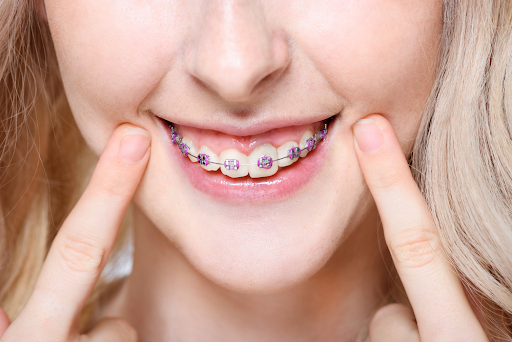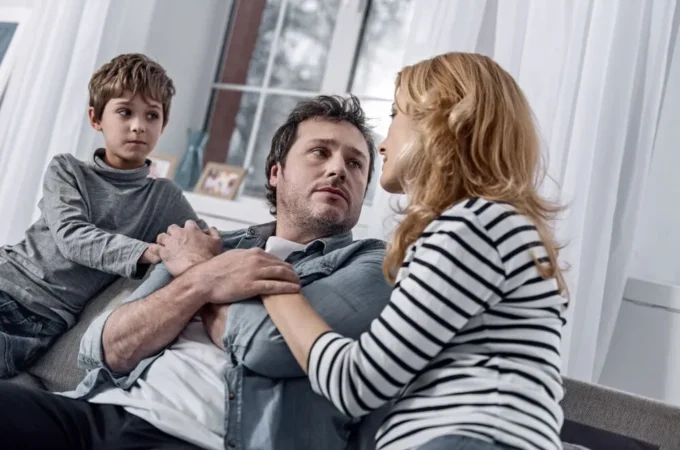
What Are The Risks Of DIY Braces
Orthodontic braces move teeth to the desired position. They help straighten teeth and improve overall oral health. The composition of braces depends on the diagnosis by your orthodontist clinic in Edmonton.
However, some people think do-it-yourself (DIY) braces are a quick, affordable way to treat issues like overcrowding, crossbite, underbite, and open bite.
Ever since the Internet began helping people with DIY projects, it has become tempting to try new things to save money. Although these DIY projects are useful to learn how to paint your home, they aren’t a replacement for a clinic for dental braces.
Using DIY projects may seem appealing, but they are dangerous in many ways. According to a report by the American Association of Orthodontists (AAO), around 39% of orthodontists reported that many people who tried DIY patients needed corrective and restorative treatment.
Table of Contents
TogglePotential Risks Of DIY Orthodontics
Whether you have gapped teeth or crooked teeth, DIY braces increase the risk of infection and damage to teeth.
It is important to understand that moving teeth is a biological process. If not done correctly, a healthy root can absorb back, leading to multiple teeth or tooth loss.
A trained orthodontist understands a patient’s oral anatomy. In addition, during the process of placing dental braces, there are plenty of things to consider, and pressure on teeth is one of them. In the absence of an orthodontist, you don’t have control over the pressure applied to the teeth.
A DIY braces project can also result in infection. Your teeth are connected to gums and blood supply, and it puts you at risk of infection, especially if you damage complex-to-repair gum tissues during the DIY process.
Many DIY tutorials on the Internet advise viewers to use rubber bands, paper clips, earring backs, and various other equipment types that we use in our daily lives. When you’re using a rubber band, there are risks of the band cutting the attachment between tissues.
In addition to infection, these DIY projects cause jaw or bite problems. Many times, people who try DIY braces experience issues like shooting pain, muscle spasms, and bruxism (a teeth issue where a person unconsciously grinds or clenches their teeth).
Professional Orthodontic Treatment
Using common household items doesn’t work the same way as metal braces at an experienced dental clinic. Certified orthodontists are aware of the correct procedure of dental braces. Also, they use a range of equipment and dental supplies to follow the right treatment procedure.
Certified orthodontists are trained professionals with hands-on experience to accurately diagnose a dental problem, implement the right orthodontic process, and complete the treatment process in the safest manner.
You shouldn’t put your oral health or smile at risk by using DIY projects. Working with a certified orthodontist can provide you with a long-term, safe solution for your dental problems. In addition, an experienced orthodontist can provide you with useful advice to take care of your oral health.


